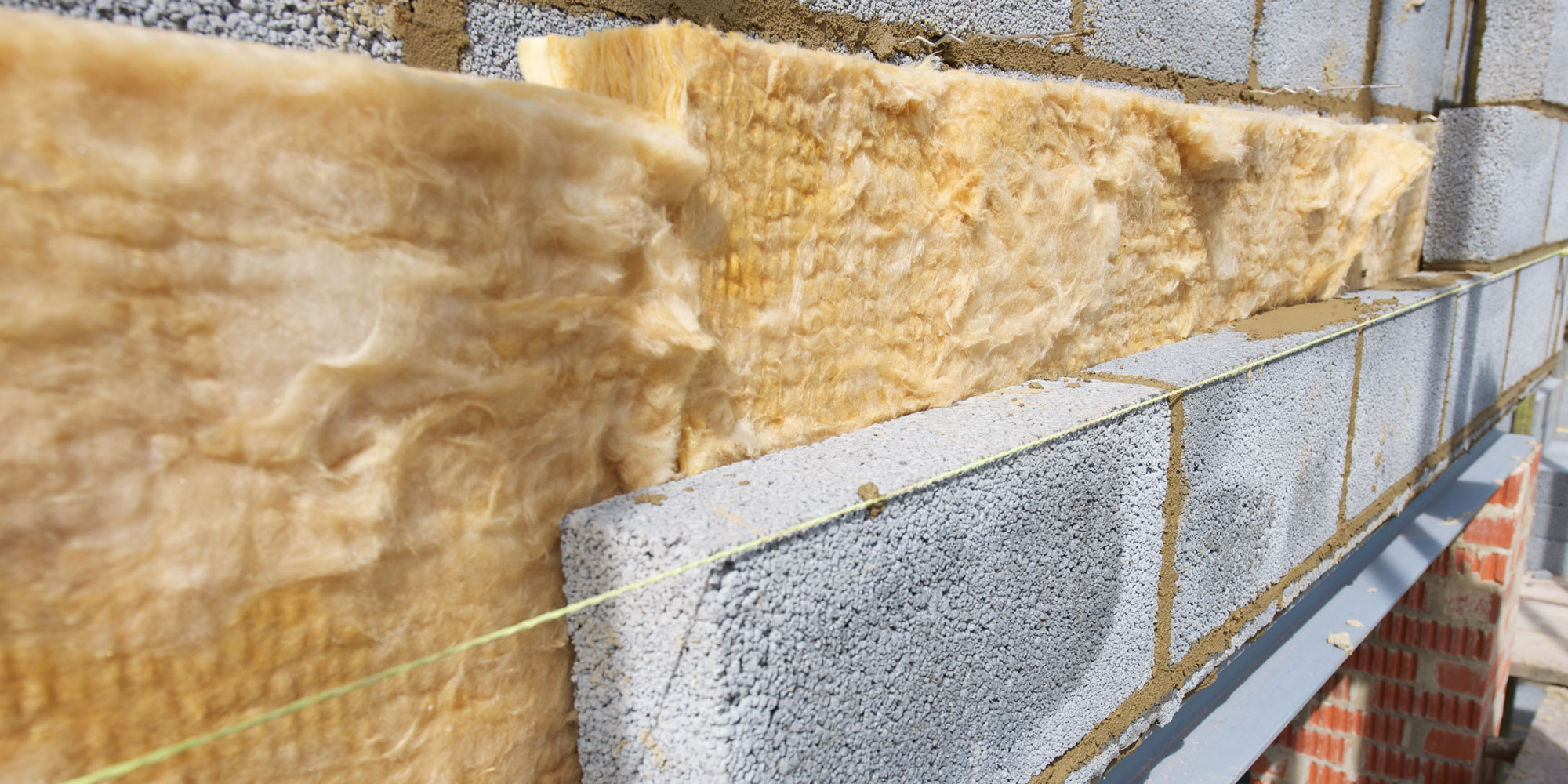By clicking a retailer link you consent to third-party cookies that track your onward journey. This enables W? to receive an affiliate commission if you make a purchase, which supports our mission to be the UK's consumer champion.
How to install cavity wall insulation

If your home’s got cavity walls, fitting cavity-wall insulation can be one of the most cost-effective ways to improve your home’s energy efficiency and reduce your energy bills.
Most homes built in the past 100 years are built with two layers of wall, leaving a small space – a cavity – between them.
The cavity is there to prevent rainwater from penetrating through the outer wall to the inside of the property. However, unfilled cavities let heat escape and could be responsible for a third of all the heat lost from your home. Not only does that mean your home’s not as cosy as it could be, it also means you're likely to be spending a lot on central heating.
It’s a good idea to have cavity-wall insulation installed. Keep reading to find out what you need to know.
Looking for more insulation advice? Head to our guide to how to insulate your home to get started.
Is your home suitable for cavity wall insulation?
If your home was built from 1920 onwards, it’s likely to have cavity walls. According to the Energy Saving Trust, the cavity should be at least 50mm wide and the walls need to be in good condition and clear of rubble to be suitable for cavity wall insulation.
If your house was built in the past 20 years or so, it’s likely that the cavity walls have already been insulated.
Some cavity walls – for example, those that are regularly exposed to wind-driven rain – are not suitable for cavity-wall insulation.
Do I need planning permission for cavity wall insulation?
Planning permission is not normally required for wall insulation.
However, if your property is listed, is in a conservation area or the insulation will change the appearance of your property, you should consult your local planning authority.
How to install cavity wall insulation
You’ll need a registered installer to fit cavity-wall insulation – it’s not a job you can do yourself.
A registered installer will check your property’s suitability for cavity-wall insulation and recommend the best type to use. Commonly used insulating materials include mineral wool, polystyrene beads or polyurethane foam.
The insulation is blown into the wall cavity from the outside of your property through drilled holes. The holes are then filled in to match your brickwork.
Cavity wall insulation normally takes around two hours to install, but this depends on the size of the house and other factors, such as ease of access.
Cavity-wall insulation costs and savings
Installing cavity-wall insulation can save as much as £370 per year on your energy bills, in a detached house.
To find out how much you should pay for insulation and what kind of savings you can expect to see afterwards, by type of home, head to cavity-wall insulation costs and savings.
Finding a cavity wall insulation installer
Choose an insulation installer who is a member of the National Insulation Association (NIA), the Cavity Insulation Guarantee Agency (CIGA) or the British Board of Agrément (BBA).
You can find a trusted, local trader in your area with the help of Which? Trusted Traders.
Use our free Trusted Traders search tool below to find a local, reliable trader near you.
